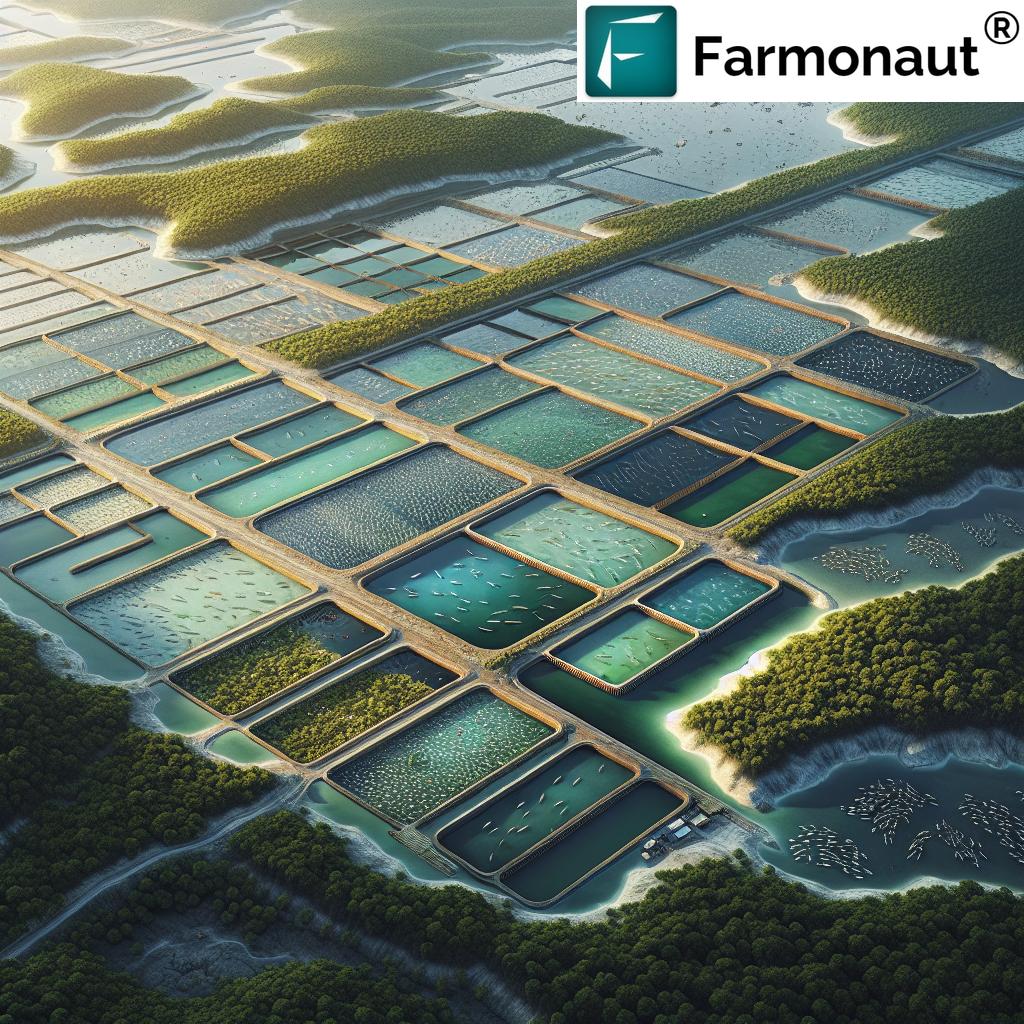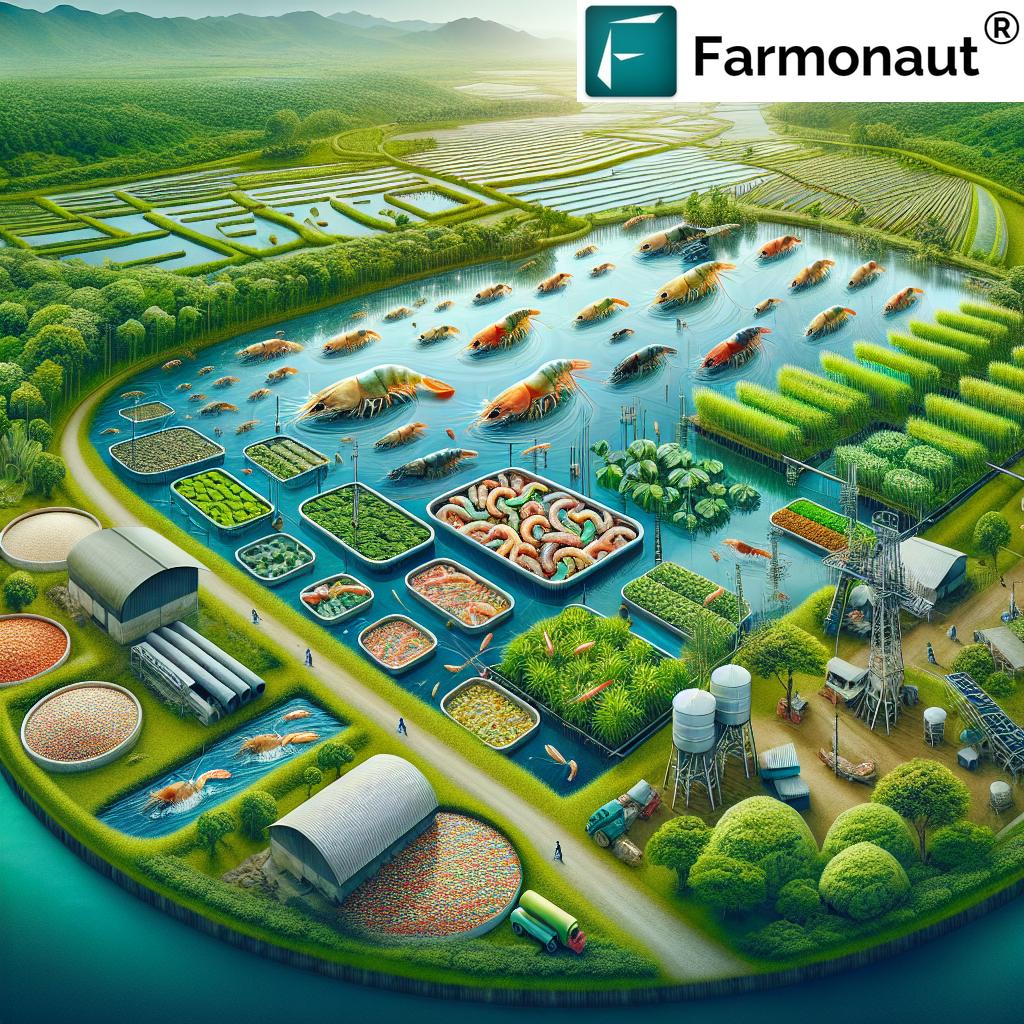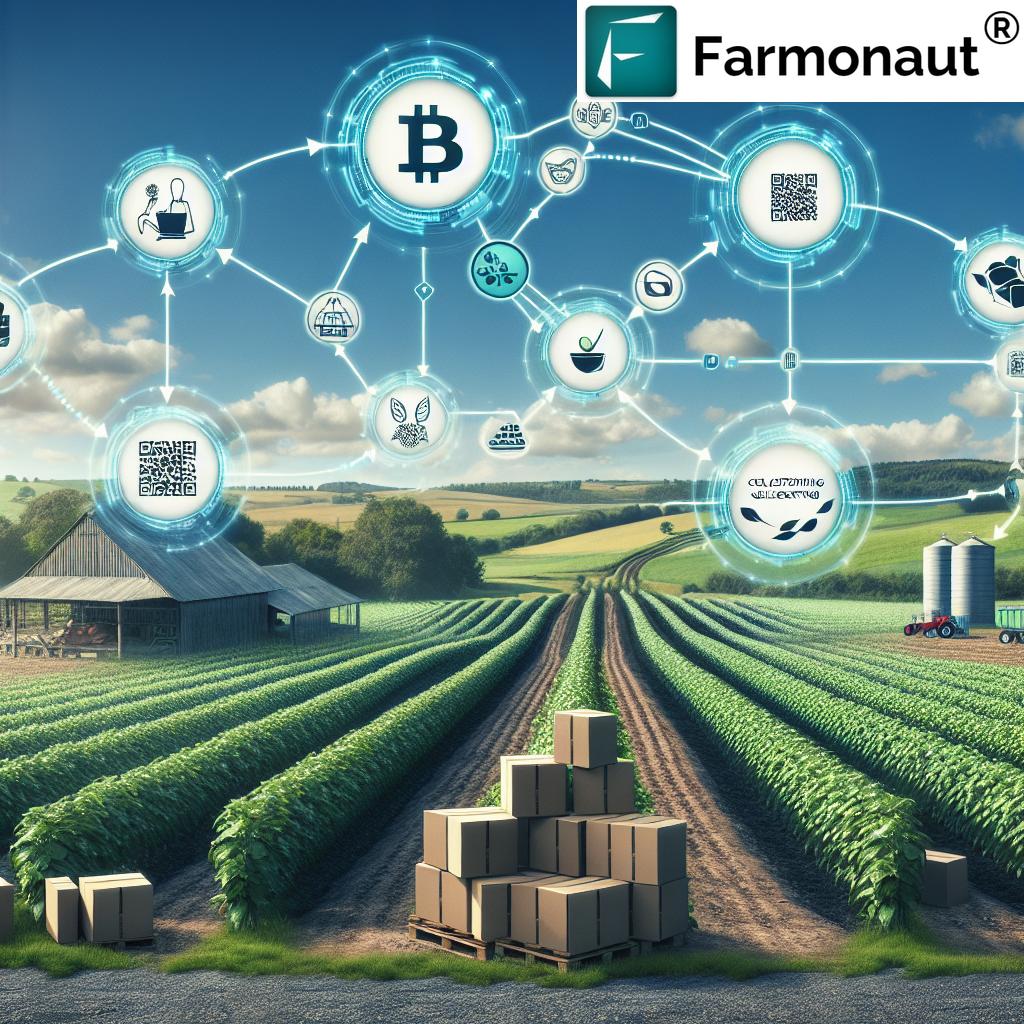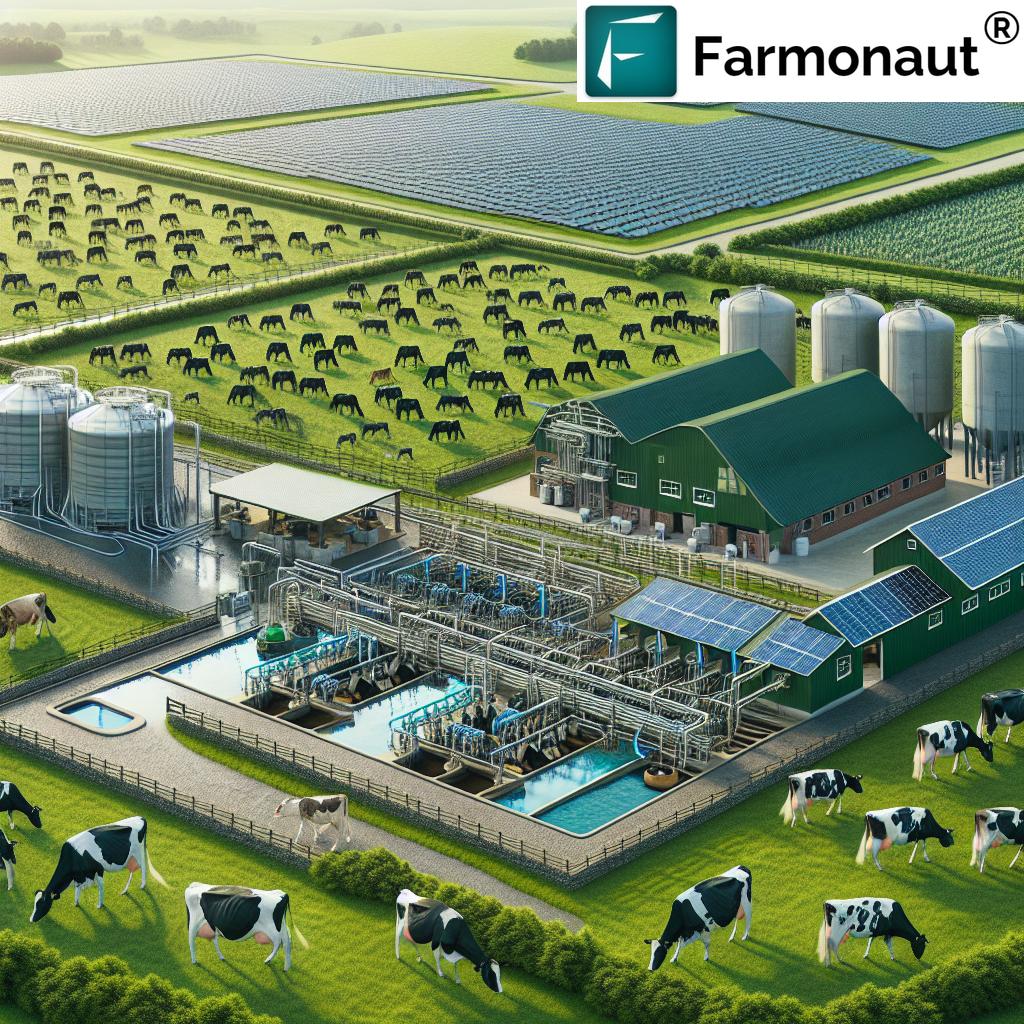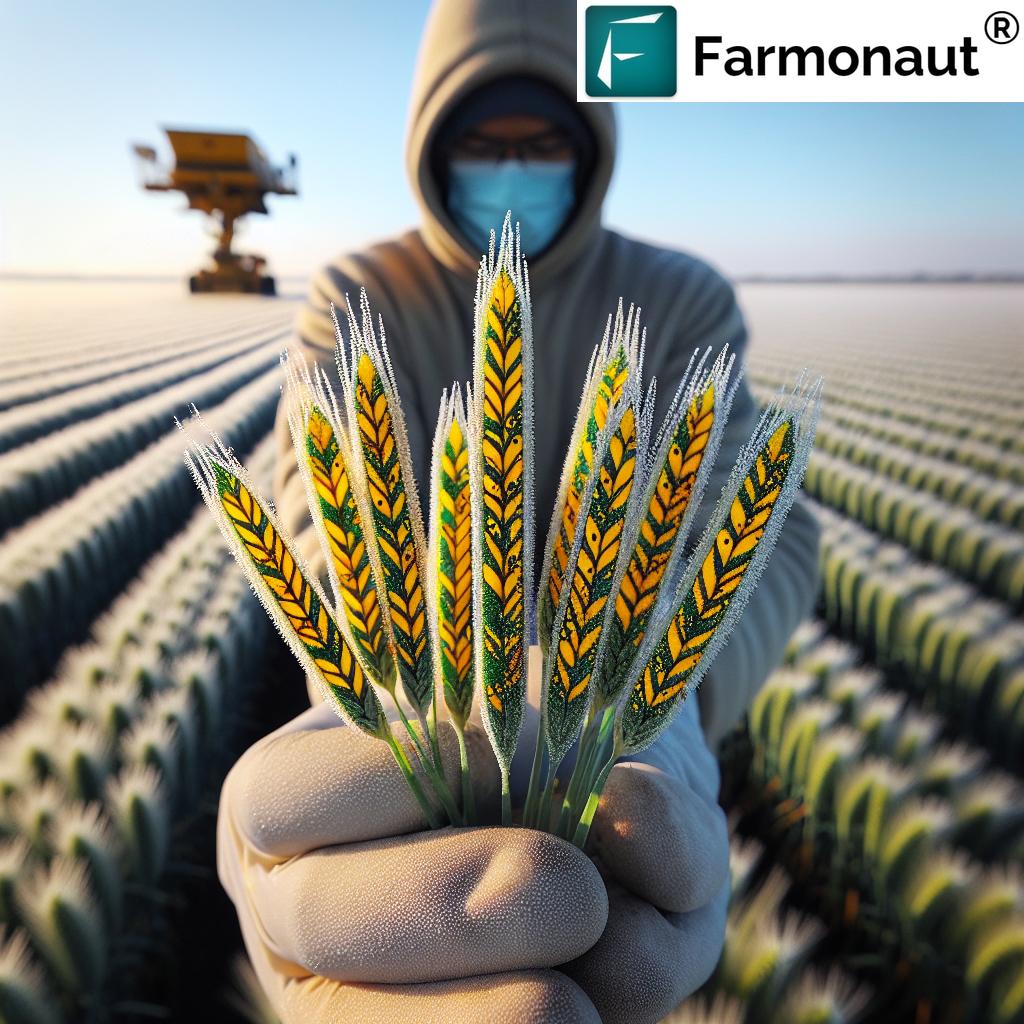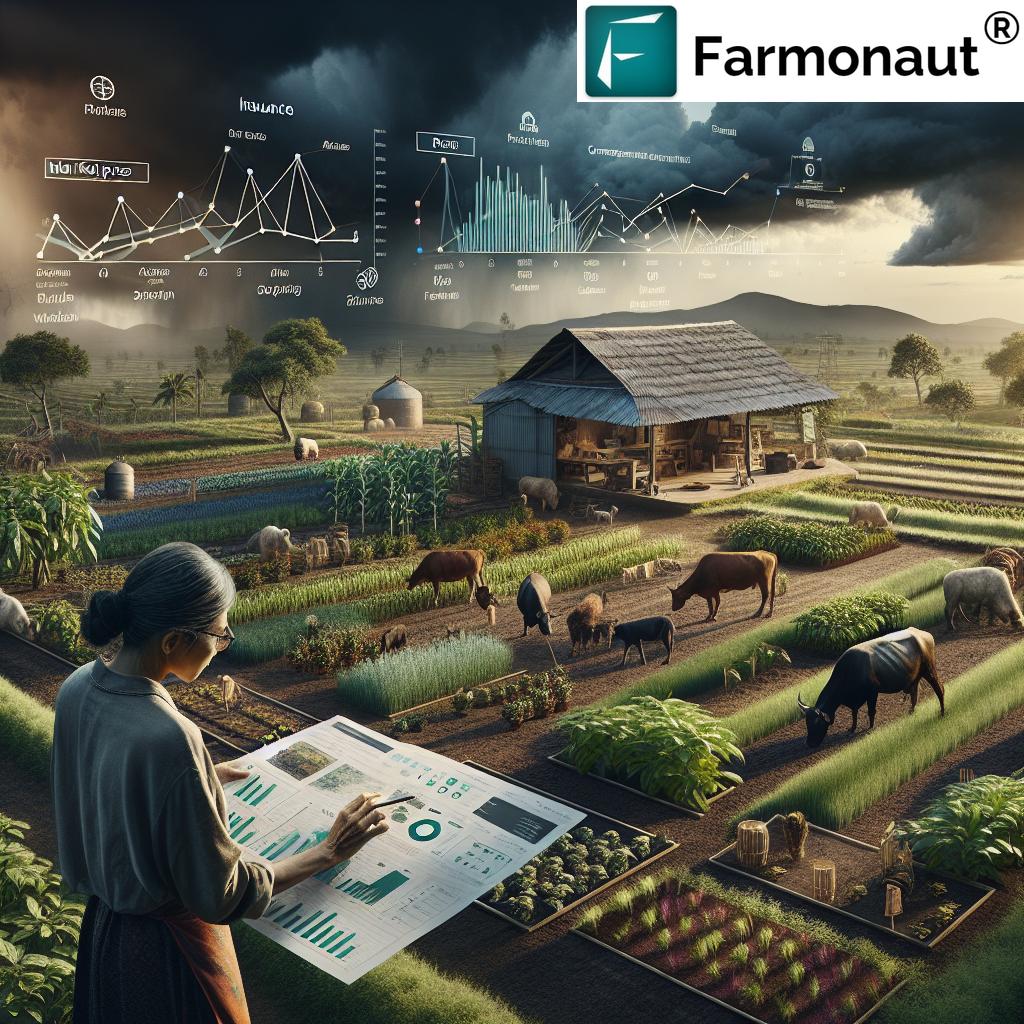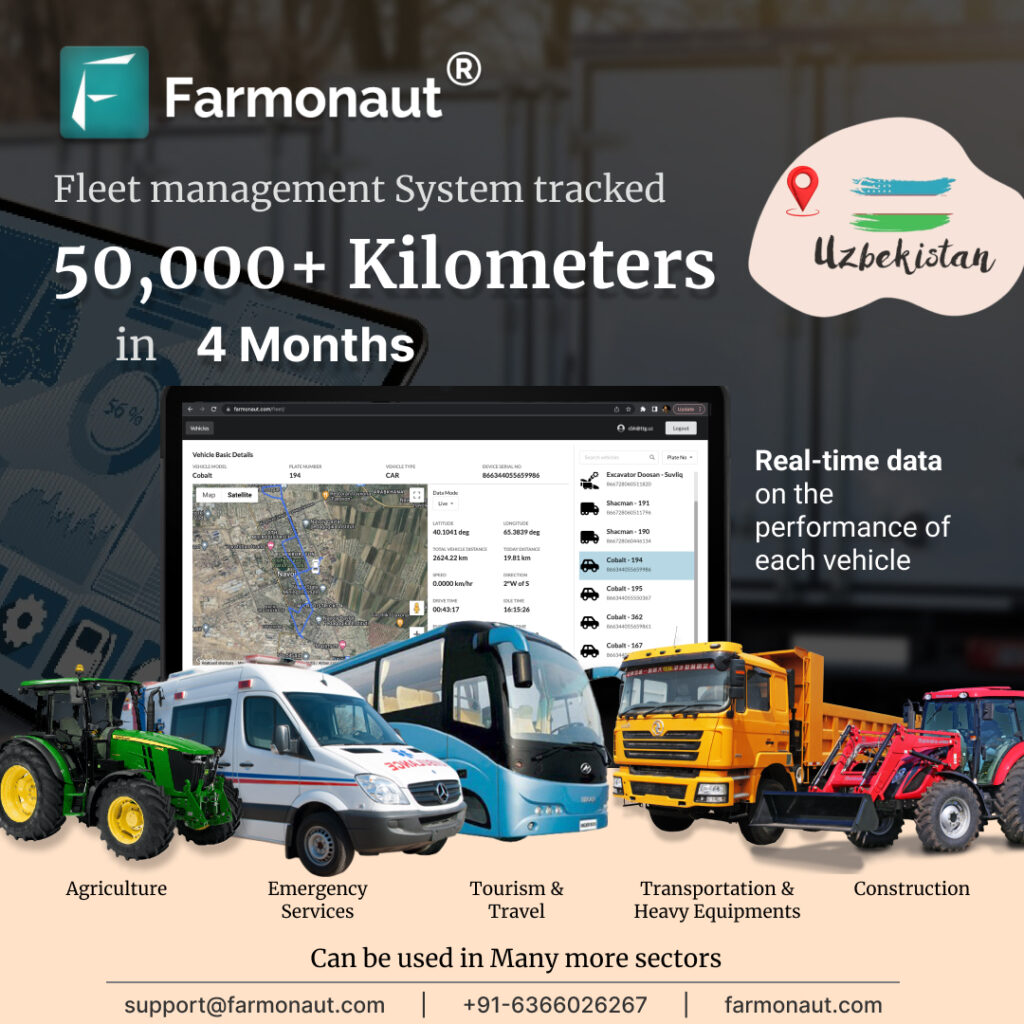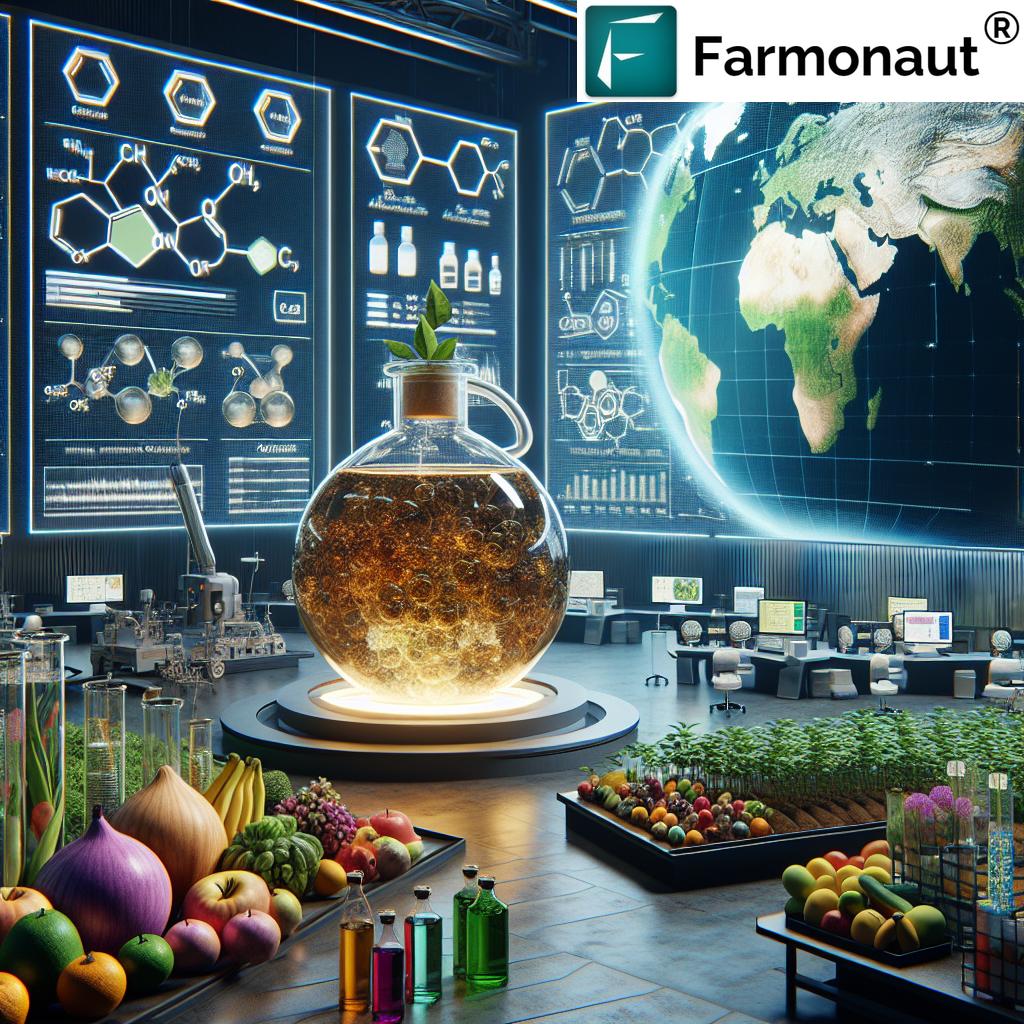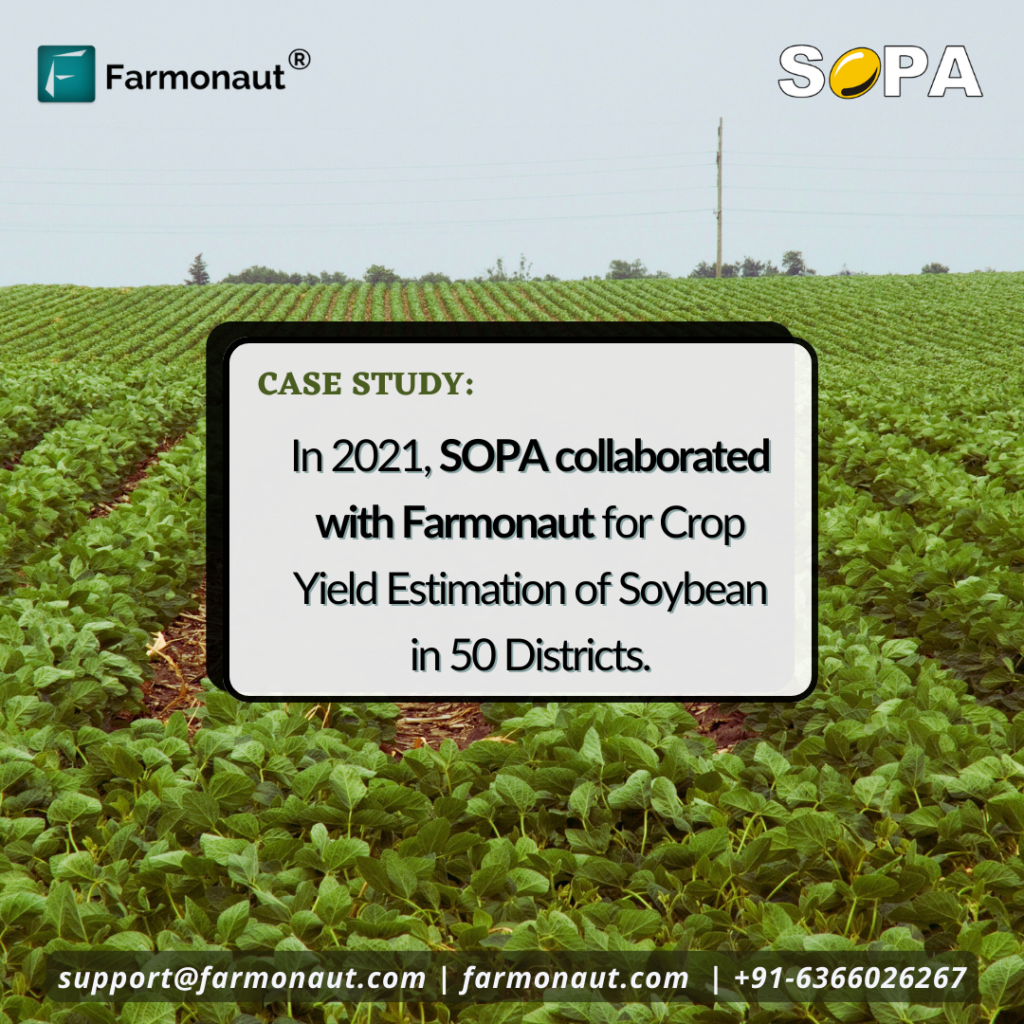Shrimp Agriculture: 7 Shocking Hacks for Huge Profits!
“Global shrimp aquaculture production exceeded 5 million tons in 2022, meeting over 55% of worldwide shrimp demand.”
Introduction to Shrimp Aquaculture
Shrimp aquaculture—the cultivation of shrimp in controlled environments—has propelled the global seafood sector into a new era of production, sustainability, and economic opportunity. As we explore the “7 Shocking Hacks for Huge Profits!” in this sector, we’ll dive into industry trends, the environmental impact of shrimp farming, labor issues in the seafood industry, and the rapidly evolving landscape of global trade and tariffs. Asia, particularly countries like India, Indonesia, China, and Japan, remains the driving force in this dynamic industry, although the ripple effects touch markets in the US, the EU, and beyond.
Whether you are an aspiring aquaculture entrepreneur, a coastal farmer looking for new growth, a seafood industry exporter, or simply a conscious consumer, understanding the ins and outs of shrimp agriculture is crucial. Let’s unlock the secrets behind this multi-billion-dollar trade and reveal how sustainable practices and smart technology are transforming profits and protecting our ecosystems.
Historical Context & Global Expansion of Shrimp Aquaculture
The roots of shrimp farming trace back centuries to Southeast Asia and China, where traditional aquaculture methods were employed. In Indonesia, brackish water ponds known as tambaks have been utilized since the 15th century. Early practices often involved polyculture systems—integrating shrimp with species like milkfish or rotating with rice crops during dry seasons—to maximize the use of coastal and brackish environments.
The journey toward modern shrimp aquaculture began in the 1930s when Japanese agrarians spawned and cultivated the Kuruma shrimp (Penaeus japonicus), laying the groundwork for today’s high-density production. From Japan’s small-scale industry in the 1960s, shrimp farming expanded globally; by the 1980s, it reached major coastal regions of Asia, followed by Latin America, Africa, and beyond. Today, countries like India, China, Indonesia, and Thailand dominate global production, fueling both local development and international trade.
Economic Significance & Trade Dynamics in the Global Shrimp Industry
Our shrimp aquaculture sector is a cornerstone of the global seafood industry. The products derived from shrimp farming are high-value, with significant export potential. Across developing countries, particularly in Asia, shrimp farming contributes substantially to local economies—driving infrastructure growth, generating jobs for coastal farmers and workers, and supporting market expansion.
- India: Now a global leader, Indian shrimp exporters rely heavily on access to the US, EU, and other international markets. The sector employs 300,000+ coastal farmers and serves as a lifeline for millions. (Read More)
- Indonesia, China, Thailand: Historically dominant players, these nations leverage advanced aquaculture methods and extensive coastal infrastructure to meet rising global demand.
- Ecuador: An emerging giant, rapidly expanding its shrimp production and export capacity to North American and European markets, especially as trade dynamics shift.
With shrimp export tariffs US policy changes in 2025—such as the hike from 10% to 26% on Indian shrimp—trade dynamics are being upended. This not only threatens the $7 billion Indian shrimp export sector but also reshapes global competition, pricing, and supply. While Ecuador may gain from lower US tariffs, production shortfalls and increased competition in the EU and China challenge exporters worldwide.
- Exporters face uncertainty: price drops, delayed contracts, and market shifts demand rapid adaptation.
- US Gulf shrimpers support tariffs: Domestic producers argue import controls will help them remain viable against cheap imports.
- Global seafood demand keeps rising: In 2022, aquaculture crossed a milestone: global cultivated aquatic animal supply exceeded wild-caught volumes for the first time. (Source)
Environmental Impact of Shrimp Farming: Challenges & Opportunities
As the global shrimp industry scales, so does the spotlight on the environmental impacts of shrimp farming. The coastal expansion of shrimp farms has contributed to substantial mangrove destruction, biodiversity loss, water pollution, and increased environmental stress in tropical and subtropical regions.
Key Environmental Issues:
- Mangrove Destruction by Shrimp Farms: Mangroves protect coasts, foster biodiversity, and absorb carbon dioxide. Their loss for pond construction destabilizes coastal ecosystems, increases erosion, and threatens local fisheries.
- Pollution & Waste: Intensive farming produces excess organic waste, chemical residues (fertilizers, antibiotics), and saline runoff, which contaminate water tables and adjacent agricultural land.
- Disease Management Concerns: Shrimp diseases like HPV spread rapidly in high-density systems, causing severe production losses. Lacking vaccines, farmers often rely on antibiotics, leading to further environmental and public health risks.
To tackle environmental impacts, we need actionable insights and modern monitoring tools. Farmonaut’s carbon footprinting feature empowers aquaculture producers to track, understand, and reduce their greenhouse emissions and resource usage in real time.
“Sustainable shrimp farms can reduce water usage by up to 70% compared to traditional methods, protecting vital ecosystems.”
7 Shocking Hacks for Profitable & Sustainable Shrimp Agriculture
Let’s unlock the 7 most powerful hacks for maximizing profits, promoting sustainability, and ensuring resilience in shrimp aquaculture—rooted in innovations, data, and ethical practices.
1. Integrated Mangrove-Shrimp Aquaculture (IMS)
IMS bridges the gap between production and conservation by integrating mangrove trees with shrimp ponds. With optimal mangrove coverage (30-50%), this system:
- Shields coasts from erosion and storms
- Supports biodiversity by providing vital nurseries
- Enhances nutrient cycling, resulting in healthier shrimp and reduced disease pressure
- Maintains sustainable pond conditions, reducing the need for chemical intervention
By adopting IMS, farming communities in Indonesia, India, and Southeast Asia not only protect vital habitats but enjoy steady harvests—illustrating how environmental stewardship and profitability align in shrimp aquaculture.
2. Integrated Multi-Trophic Aquaculture (IMTA)
IMTA combines shrimp with compatible aquatic species, such as snails and seaweed, in the same system. This method enables:
- Efficient recycling of waste, as shrimp by-products feed other species
- Improved water quality, resulting in healthier stock
- Ecosystem services such as nutrient uptake by seaweeds, which in turn sequester carbon
- Diversified income and year-round production for farmers
IMTA is a practical solution for shrimp farming in India, Vietnam, and Ecuador, helping us minimize environmental footprint while meeting high seafood demand.
Tip: Combining IMTA with remote monitoring (like Farmonaut’s satellite-based analytics) boosts operational efficiency—optimizing shrimp yield while tracking ecosystem health in real time.
3. Efficient Water & Waste Management Systems
Stringent water and waste controls pay off. Upgrading traditional shrimp farming with:
- Recirculating Aquaculture Systems (RAS) → reduce water usage and minimize discharge
- Constructed wetlands and buffer zones → trap waste, filter runoff, and reduce nutrient pollution
- Automated water quality sensors → enable real-time responses to disease or pollution outbreaks
Efficient water use is critical, especially in subtropical regions where freshwater resources are under stress.
4. Innovative Shrimp Feed Alternatives
Traditional shrimp feed relies heavily on soy and fishmeal—ingredients linked to deforestation and unsustainable fishing. Shrimp feed alternatives now feature:
- Deforestation-free soy and responsibly harvested fishmeal
- Algal and insect-based protein sources with lower environmental impacts
- Fermentation technology for custom, nutrient-optimized feeds
Switching to alternative feeds cuts costs, improves sustainability metrics, and helps producers meet rising consumer demand for ethically-sourced seafood products.
For practical industry-wide integration of traceable and sustainable feeds, Farmonaut’s blockchain-based traceability systems (see Farmonaut Traceability) bring unbreakable transparency to shrimp supply chains.
5. Digital Farm & Environmental Monitoring
Harnessing precision technology and data analytics gives us a critical edge:
- Satellite-based crop and pond health monitoring (Farmonaut) empowers farmers to spot stress, disease, or nutrient shortages before they spiral out of control.
- AI-driven advisory systems—like Farmonaut’s Jeevn AI—deliver custom recommendations for disease prevention, feed management, and yield optimization.
- Resource management platforms ensure supplies are allocated where needed and waste is minimized.
Remote monitoring and analytics not only reduce operational risks for shrimp farmers but directly support sustainable growth.
You can access precision farming and monitoring through the Farmonaut App (web/iOS/Android).
6. Blockchain-Based Shrimp Traceability
With mounting scrutiny on seafood origins and authenticity, blockchain technology is disrupting the industry by:
- Documenting every stage of shrimp’s journey from pond to plate
- Ensuring fair pricing and transparency in trade transactions
- Preventing fraud and maintaining product integrity for exporters targeting the EU, US, and Japan
Blockchain traceability supports global trade compliance and reassures consumers—a key selling point for sustainable products. Farmonaut offers industry-ready blockchain traceability solutions for aquaculture. See details here.
7. Ethical Labor & Fair Trade Practices
The reputation and profitability of shrimp aquaculture is now inseparable from its labor record. By confronting labor issues in the seafood industry such as worker exploitation, child labor, and debt bondage, we:
- Ensure safer and more secure working environments for coastal farmers and processing plant workers
- Strengthen international trade relationships by meeting ethical sourcing standards demanded by major supermarkets and regulatory bodies
- Increase product value by qualifying for Fair Trade, eco-labels, or premium export pricing
Unchecked exploitation and unfair pricing erode long-term value. Instead, we must champion transparency and ethical supply chains, aided by digital documentation and real-time data tools—delivered at scale by providers such as Farmonaut.
For those managing medium to large farms, Farmonaut’s large scale farm management tools can ease compliance, tracking, and workforce/resource coordination.
Comparative Environmental Impact Table: Sustainable vs. Conventional Shrimp Farming
How much do these sustainable hacks really matter? Let’s compare environmental and financial outcomes:
| Farming Practice | Water Usage (liters/kg shrimp) |
Chemical/Fertilizer Input | Greenhouse Gas Emissions (kg CO₂e/ton produced) |
Habitat Impact | Economic Profitability (avg. profit margin, %) |
|---|---|---|---|---|---|
| Conventional Shrimp Farming | 8000–12000 | High (intensive, frequent) | 1900–2400 | High (mangrove destruction, pollution) | 10-18% |
| Sustainable (IMS, IMTA, RAS) | 2500–3500 | Low (targeted, reduced) | 1000–1400 | Low (habitat conservation, biodiversity-promoting) | 16-28% |
| Industry Average | 5300–8500 | Moderate | 1600–2000 | Moderate (localized impact) | 13-22% |
Data estimates based on global trends; actual values can vary. Sustainability measures both environmental and long-term economic benefits.
Farmonaut for Sustainable Shrimp Farming
Advanced satellite monitoring, AI-driven advisory, blockchain traceability, and efficient resource management—Farmonaut brings all these elements together, providing a single platform for:
- Real-time shrimp pond and crop health monitoring (NDVI, soil moisture, etc.)
- AI-based disease prediction and prevention recommendations
- Automated resource and input optimization
- Carbon footprint and emissions tracking (read about Farmonaut Carbon Footprinting)
- Comprehensive traceability for the seafood supply chain (Farmonaut Traceability)
- Fleet management and large-scale farm oversight (Fleet Management Module)
- Verification for crop loan and insurance subsidies (Learn about crop loan & insurance workflows)
With Farmonaut’s API solutions, developers and industry players can seamlessly integrate real-time aquaculture data and analytics directly into their systems. Access the API here.
Quick Trivia Break
“Did you know? Over 70 countries now engage in commercial shrimp farming, bridging demand across the US, EU, Japan, and emerging Asian economies.”
FAQ on Shrimp Aquaculture
What is shrimp aquaculture?
Shrimp aquaculture is the practice of cultivating shrimp in controlled environments such as ponds, tanks, or raceways, usually in coastal regions. This practice allows for sustainable and scalable seafood production, benefiting both local and global food security.
Why is sustainability crucial in shrimp farming?
Sustainability safeguards ecosystems by reducing the negative impacts of farming on habitats, water quality, and biodiversity. It also ensures long-term profitability by minimizing disease risks, input costs, and compliance barriers for international trade.
How can shrimp farmers in India adapt to fluctuating export tariffs?
Farmers can reduce reliance on vulnerable markets by diversifying export destinations (EU, China, local markets), improving product traceability, and adopting higher sustainability standards to command premium prices despite tariff changes.
What are integrated multi-trophic aquaculture systems?
IMTA systems cultivate multiple aquatic species—like shrimp, seaweed, and snails—together, using waste from one species as nutrients for others. This approach enhances water quality and offers diversified revenue streams.
How does Farmonaut contribute to sustainable shrimp farming?
Farmonaut’s suite includes satellite-based monitoring, AI-powered crop advice, blockchain traceability, carbon footprinting, and resource management tools—all designed to enhance precision, transparency, productivity, and sustainability in modern shrimp farming.
Is blockchain traceability mandatory for shrimp exporters?
While not legally required everywhere, increasing regulation and consumer demand for ethical, traceable seafood products mean blockchain solutions offer a competitive edge—especially for exporters to the EU, US, and Japan.
How do shrimp feed alternatives help reduce environmental damage?
By replacing fishmeal and soy from unsustainable sources with algae, insects, or deforestation-free inputs, farmers decrease pressure on wild fisheries and forests, improving the ecological footprint of their operations.
Can technology help detect and reduce labor exploitation in seafood supply chains?
Yes, digital documentation, real-time worker management, and transparent blockchain records help identify, report, and prevent labor exploitation, ensuring compliance with fair trade and ethical standards.
Conclusion: Navigating the Future of Shrimp Aquaculture with Sustainable and Profitable Practices
As the shrimp aquaculture industry continues to expand globally—driven largely by tropical and subtropical countries like India, Indonesia, China, and emerging regions in Latin America—its success will hinge on our collective ability to balance profit and sustainability. From historical roots in Southeast Asian tambaks and Japanese innovation, through today’s trade upheavals and environmental awakenings, shrimp agriculture stands at a transformative crossroads.
By adopting sustainable shrimp farming practices—such as integrated mangrove-shrimp aquaculture, IMTA, innovative feed strategies, ethical labor treatment, and advanced digital management—we not only boost our yields and economic resilience but also protect the coastal habitats and biodiversity that underpin long-term success.
Farmonaut offers affordable and scalable solutions for farmers, cooperatives, and large agribusiness—empowering us to thrive with precision, transparency, and sustainability at our core.
Ready to start or scale your sustainable shrimp farming journey? Access our ecosystem from web, Android, or iOS. Explore APIs and advanced features. Join Farmonaut today!
Let’s shape a brighter, more profitable, and sustainable future for shrimp aquaculture, together.


